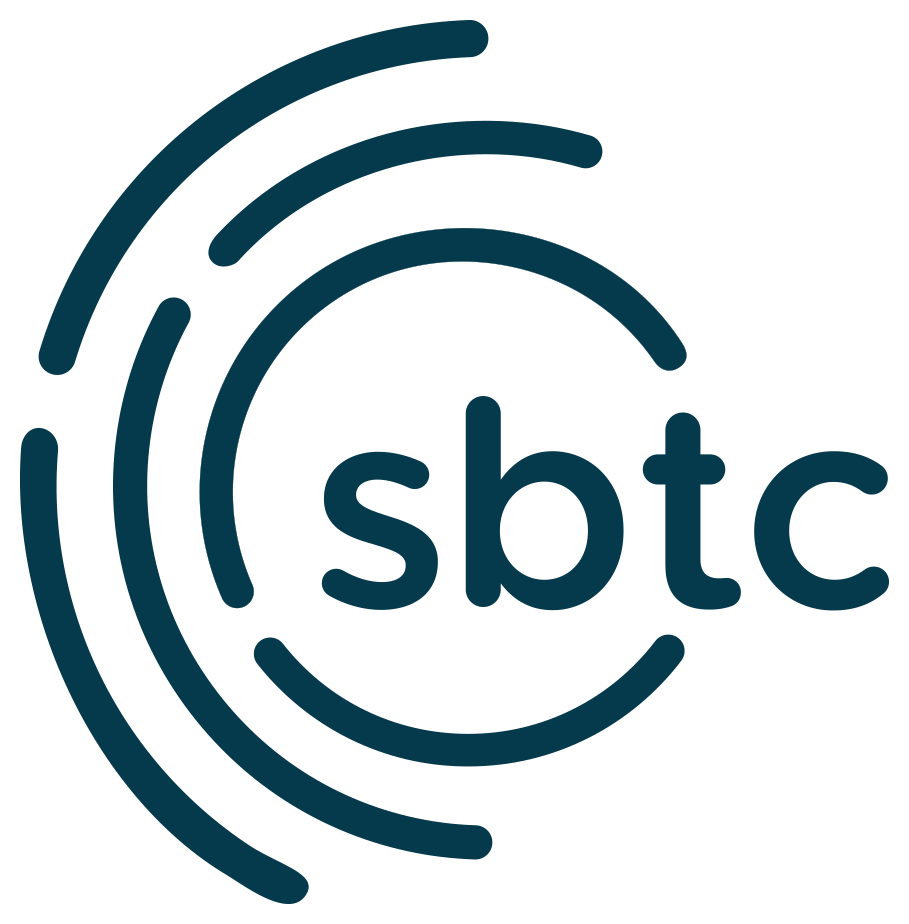People who wish to do harm are also sheltering-in-place and have more time on their hands to spread vile language and images. As churches and ministries are ramping up their video conferencing using platforms like Zoom, these meetings are targets of people trolling these meetings and “ZooomBombing” them. Just like hackers, we may never avoid them completely but we can make it more difficult for them and do our best to minimize the risk. This information applies specifically to Zoom, which is the most popular service that we are seeing churches and ministries utilize.
General tip: It is much easier to manage, host, and moderate a Zoom meeting on a computer rather than on a phone or tablet. The controls are easier to access, view, and select quickly and the phone app will not have all of the same options as your computer.
In instances such as church services, when you are presenting information and not expecting participation (or perhaps only in the chat), the very best way to cut off trolls is by using a Webinar. With a Webinar, there is only one or a small number of panelists that have the ability to speak and/or share their screen during the session. No one watching can speak over the panelists and they cannot show anything to the audience initially. The only available feedback channel is the Chat. Therefore, the Zoom meeting host should select Chat in the Meeting Controls. When the Chat opens up, click the More button and select “Allow attendees to chat with: Host Only”.
For video conference meetings such as Sunday school classes, small groups, or staff meetings where you would like to allow everyone to see each other—rather than just a few people or a presentation—and enable dialogue among the meeting participants, use a Zoom Meeting. There are two different types of strategies to reduce the risk of trolling: meeting settings and meeting management.
This is a list of Meeting Settings to consider utilizing, and a brief description of each:
- Registration: Adding a registration to your meeting is a good first step since people need to enter their name and email before entering your meeting. If you monitor the registration in advance, you can remove someone before the meeting even starts and if someone is disruptive then you will have some information to report afterwards.
- Password: If you will invite only specific people to your meeting, then requiring a password is a great way to go especially if you have a way to communicate the password to them in advance. The downside of using a password is that it could be a barrier that might prevent the people that you want to attend from entering your meeting.
- Waiting Room: If you know the names of the people that you want to attend, instead of the password then you can enable Waiting Room for your meeting. This will take more effort for the meeting host to review the users in the Waiting Room and admit only the right people. The advantage is that you have the control of whoever is joining your meeting.
- File Transfer: Turn off the option for “File Transfer.” This ensures that if the wrong person does get into your meeting that they cannot share any files with everyone.
- Screen Sharing: Set the default for Screen Sharing to “Host Only” (you can change this during the meeting if needed under Share Screen > Advanced Sharing Options).
- Mute Participants: Turn on the option to “Mute participants upon entry” which is a best practice for video conferences anyway.
- Allow Rejoin: Turn off “Allow removed participants to rejoin.” If you remove someone from a meeting, you do not want them to just jump back in and cause more disruption.
These are the Meeting Strategies to use once the meeting has started:
- Mute All: Under Manage Participants, there is a Mute All button that will prompt you to “Allow participants to unmute themselves,” but you can uncheck that option. Then participants will not be able to speak during the meeting unless the host unmutes them.
- Lock the Meeting: If you know that everyone in the meeting has already joined, then you can select Manage Participants > More and select Lock the Meeting. When a meeting is locked, then no one else can join, so your meeting is safe.
- Remove or Hold: Kick people out of your meetings if they cause any disturbance by clicking on Manage Participants > More > or next to the person’s name > “Put on Hold” or “Remove.” Both of these options virtually do the same thing. Some people who troll meetings have found a way to avoid the Remove option but Put on Hold should still work.
- Monitor: It is always a good idea to just keep track of who is in your meeting. The host should scroll through the list and confirm that you know everyone or at least have an idea of who they are in case you need to take quick action.
- Co-Host: For larger meetings, it is a good idea to have a Co-host and ensure good communication on which host will handle which tasks. When one host is speaking, then the Co-host can manage the meeting controls.







